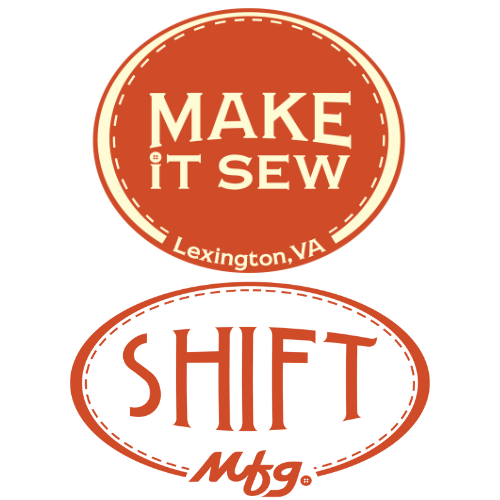Pattern Patter: Saltbox top
Sleeveless version
Finished Saltbox top, Cirrus Solids
This new top is brought to you by climate change* and two other factors:
Beautiful bright organic cotton fabric and
A pattern well-suited to color blocking.
The pattern
The Saltbox top is from Blueprints for Sewing—a favorite designer of Make It Sew. The patterns are inspired by architecture and have lovely style lines, like the roof lines of a Saltbox home. The instructions and illustrations are quite clear, including a guide to do a bust adjustment. I really really liked sewing this top!
Add darts when doing a bust adjustment.
The fabric
It’s made from Cirrus Solids in three colors—Make It Sew stocks seven colors. This fabric is a lovely organic cotton described as yarn dyed cross weave. Think chambray: it’s constructed with horizontal threads a slightly different color from the vertical threads. It’s a touch lighter weight than a lot of quilter’s cottons and it feels like a fabric that’s going to get better and better as it ages. Wearing and washing is going to make it even better.
How I did it
Pressing (no steam) is often my first step in prepping the pattern
I traced off the pattern, and it was pretty easy to see my size among the many outlines. I took the steps to adjust the bust— you can learn how to decide whether you need this and how to do it with the pattern. I used my trusty pinking shears for the main body seams. I usually use a serger but it wasn’t available at the time. I made bias binding for the neck and armholes, understitching and pressing a lot. I hand stitched the hem and also the side seams.
Hand sewing the side seam allowance. I love hand stitching.
What I love about it
I loved making it. I loved seeing it come to life. I love the colors—they are the same combo as a favorite outfit I wore around age 10. I liked pressing it once it was finished.
I love the pattern—the geometry in the design speaks to me.
Finished! Bring on the humid summer. But not until at least June, please.
*It was warm enough outside in Lexington, Virginia, around February 25, that I could have been comfortable wearing this summer top.





